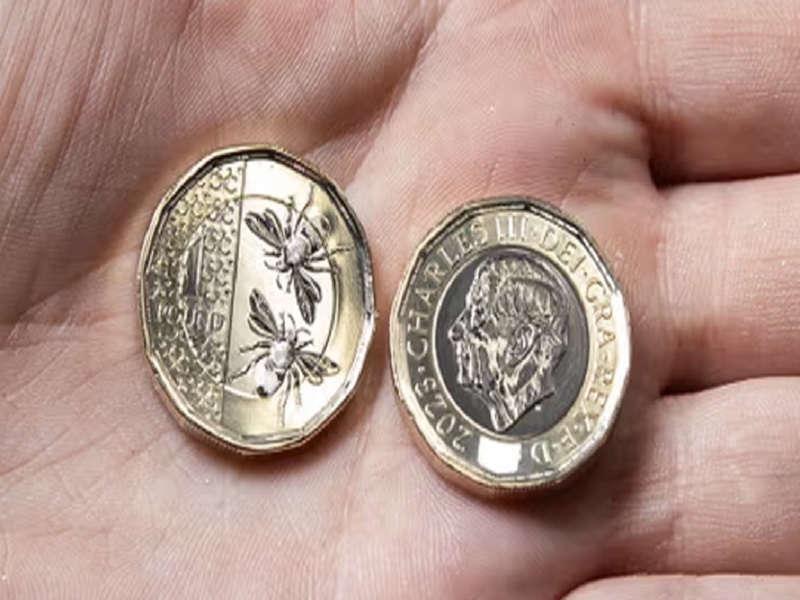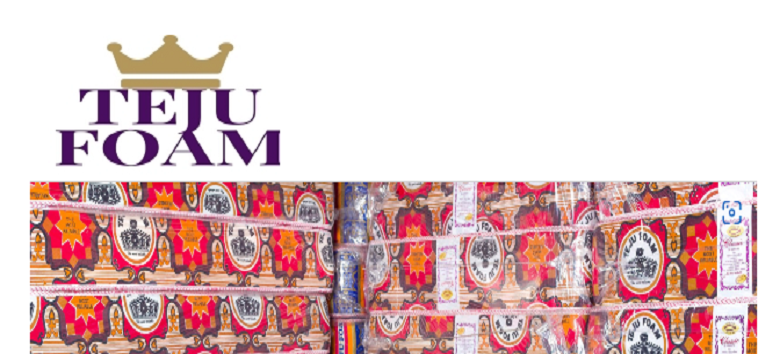IT is common for people to mix herbal medicines with known diabetic drugs with metformin, the conventional diabetic medicine. Combining metformin, a blood-lowering medication, with Costus pictus leaves can be more effective in blood sugar level control.
In a new study, researchers stated that a high dosage of methanolic plant extract and a low dose of metformin proved to be more effective, additive, and safe and therefore, both can be combined to manage diabetes mellitus with the most negligible side effects.
Exploration of medicinal plants for their antidiabetic activities has been intensively done, but the research for herb-drug interactions is insufficient. Moreover, some of the patients prefer to use conventional drugs at the same time as herbal medicine.
But interactions between herbs and drugs may increase or decrease the drug’s effectiveness or toxic effects of either component. Therefore, it is imperative to promote credible research on herbal medicine’s safety and possible interaction with synthetic drugs.
Many plants have been identified as antidiabetic agents and help manage diabetes. Costus pictus, commonly known as the Spiral flag or Insulin plant, is a medicinally important plant that is grown as an ornamental plant, mainly in South India. The leaves of this plant are widely used by the tribal people of the Kolli hills of Tamilnadu as ethnomedicine to treat diabetes.
The study was aimed at evaluating the plausible effects of single and co-administration of the aqueous and methanolic extracts of Costus pictus leaves and metformin is the first line of diabetic treatment on blood glucose, lipid, protein, and liver functions of rats with chemically induced diabetes. It was in the Journal of Traditional and Complement Medicine.
For the study, water and methanol extract of Costus pictus D. Don singly and/or combined with metformin was administered to rats with chemically induced diabetes for 21 days. At intervals of seven days, body weight and blood glucose levels were measured.
When administered separately, the water and methanol extract of Costus pictus decreased blood glucose levels. The methanol extract of Costus pictus showed more promising results compared to the diabetic control group.
Extract of Costus pictus given at the same time with metformin showed dose-dependent significant recovery of blood sugar lowering effect of metformin. Fasting blood glucose levels, body weight, protein, and lipid profiles of the treatment group were compared to the diabetic and normal control groups.
Moreover, the synergistic effect of plant extracts with metformin enhanced the efficiency and reduction of blood glucose levels, indicating that the extract and metformin may be acting through the same mechanism.
When the animals were treated with plant extracts and metformin, diabetic rats showed decreased blood glucose levels, which indicated the reversal of insulin resistance or increased insulin secretion, perhaps by rejuvenating damaged pancreatic b-cells in alloxan-induced diabetic rats.
The fact that diabetic rats were treated individually with the extracts and a standard drug (metformin), as well as their co-administration, resulted in a significant decrease in glucose levels demonstrating that the plant extract may stimulate glucose.
Moreover, scientists have endorsed some local plants used in the management of diabetes. Top on the list are Gongronema latifolium, scent leaf or Basil, bitter leaf, and Piper guineense (Uziza in Ibo or Ata iyere in Yoruba)
Gongronema latifolium is known by the Ikales of the Ondo State of Nigeria as Iteji. The Ibos call the plant Utazi, the Efik/ Ibibio call it Utasi and the Yoruba call it Arokeke.
Other local plants endorsed for the treatment of diabetes include onion, garlic, Aloe vera, Momordica charantia (Bitter melon), Catharanthus roseus (Madagascar Periwinkle), Muurrayi komingii (curry leaf), Ocimum sanctum (Nchuanwu in Ibo and Effirin nla in Yoruba) and Syzigium cumini (Java plum).
The study published in the Journal of Diabetes & Metabolism is titled “Overview of Anti-Diabetic Medicinal Plants: The Nigerian Research Experience.”
Earlier a study by researchers at the University of Calabar published in the February 2012 edition of The Internet Journal of Tropical Medicine concluded, “we, therefore, conclude that extracts of bitter leaf and scent leaf apart from their hypoglycemic actions could protect the heart against impairment and complete destruction due to diabetes.”
Also, a Nigerian-born Professor of Biology, Ernest Izevbigie has patented a formula made from the bitter leaf. This bitter leaf-based formula is a proven anti-diabetic and anti-cancer formula in laboratory and clinical trials. It has been patented: U.S. Patent 6,713,098 in 2004 and the second 6,848,604 in 2005.
Oral and intra-peritoneal administration of aqueous fruit extracts of Momordica cymbalaria (Bitter melon) to normal rats lowered the blood sugar response without altering the insulin response. Also, the bitter melon extract reduced high blood sugar levels in diabetic mice after one hour.
In another study, bitter melon fruit powder caused a reduction in blood sugar concentrations in alloxan-induced diabetic rats following 15 days of treatment. Elevated blood cholesterol and fat levels were lowered in treated diabetic rats.
CREDIT: TRIBUNE































































